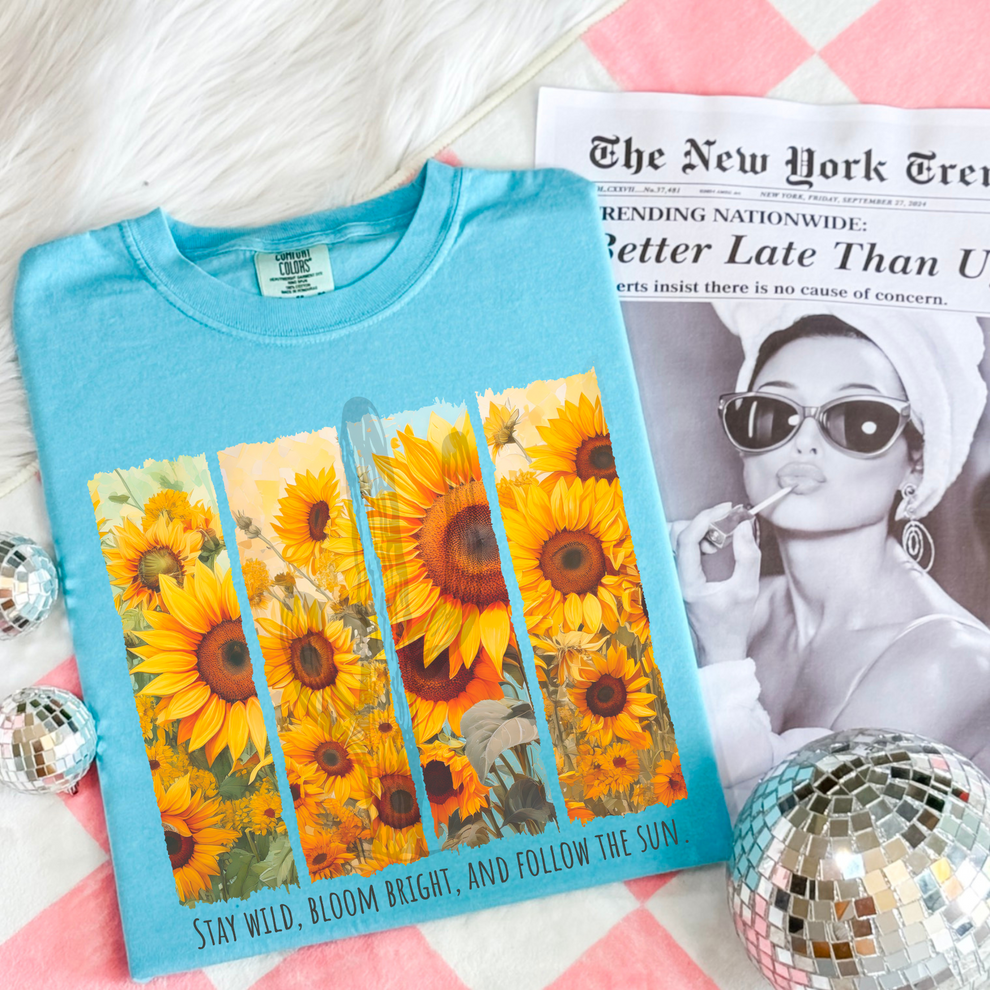Custom Printing Reinvented: The DTF Process Advantage

In the constantly-changing world of custom printing, improvements in tech innovations continuously reshape how we manifest creativity on different materials. Among these advancements, DTF transfers have emerged as a breakthrough, delivering unmatched flexibility and quality for creators and businesses alike. With their surge in popularity, it's obvious that DTF transfers symbolize not just a fad but a major leap forward in the capabilities of custom printing.
In contrast to traditional methods, DTF transfers utilize a unique process that provides vibrant colors and intricate designs can be smoothly applied to a multitude of fabrics. dtf transfers opens up new possibilities for personalized apparel, marketing items, and more. As we examine the potential of DTF transfers, it becomes evident that they stand at the forefront of the bespoke printing revolution, making them an excellent choice for those seeking to elevate their creative projects to the next level.
Understanding Direct-to-Film Transfers
Direct to film transfers, or DTF transfers, represent a major development in the custom printing industry. This groundbreaking method enables for premium designs to be applied onto a specific film, which can then be applied onto various fabrics. Unlike conventional printing methods, DTF transfers utilize water-soluble inks and a unique adhesive formula, facilitating bright colors and detailed details to be precisely reproduced on the final product.
One of the noteworthy features of DTF transfers is their flexibility. They can be applied to a broad spectrum of materials, including cotton fabric, poly-blend materials, and mixed fabrics. This capability to adhere to various fabrics extends the application possibilities for businesses and solo artists alike. Whether creating personalized fashion, merchandise, or personalized gifts, DTF transfers provide a reliable option that can accommodate different designs and fabric types.
Additionally, the process of creating DTF transfers is effective and easy to use. Once the design is printed on the film, it's a straightforward process to move it to the fabric using heat and compression. This makes DTF transfers not only suitable for large-scale production but also feasible for limited batches and personalized requests. As the interest for personalized items continues to grow, DTF transfers are poised to become a top choice for both commercial and casual printers.

Benefits of DTF Printing
DTF transfers offer outstanding versatility for personalized printing, allowing users to print on a broad range of textiles and substrates. Unlike traditional methods that may be restricted to specific types of textiles, DTF technology enables high-quality prints on cotton, polyester, combinations, and even further difficult surfaces. This adaptability makes it an ideal choice for businesses and individuals who want to create unique designs on diverse garments, household items, and merchandise.
Another notable advantage of DTF printing is its bright color reproduction and fine detail capabilities. The unique inks used in DTF transfers provide lively colors that remain long-lasting even after multiple washes. This property is crucial for businesses aiming to produce long-lasting merchandise that maintains its appearance over time. Furthermore, the ability to print detailed designs with precision ensures that every detail is captured, making it perfect for branding, artwork, and custom graphics.
Additionally, DTF transfers simplify the production process, making it more efficient and affordable. With DTF technology, there is no need for lengthy setup often associated with traditional printing or other traditional methods. This quick turnaround time allows for on-demand printing and low batch productions without compromising quality. As a result, businesses can respond swiftly to customer needs and market trends, giving them a lead in the market in the market.
Uses and Industry Developments
Direct-to-Film transfers are making a remarkable difference across multiple industries by offering versatile solutions for personalized printing. Apparel businesses have quickly adopted DTF technology to produce vibrant and long-lasting graphics on T-shirts, sweatshirts, and various garments. Beyond clothing, DTF transfers are also being utilized in interior design, allowing designers to print personalized images on pillows, drapes, and decorative panels, expanding options in personal and business spaces.
The growth of the e-commerce sector has additionally fueled the demand for DTF transfers. Small businesses and solo creators appreciate the effectiveness and affordability of producing custom designs on request. This trend aligns with the shift towards customization, where consumers seek unique products that reflect their personal style. DTF technology supports this by enabling quick prototyping and small production runs, serving niche markets and allowing for a more extensive product offering.
As eco-friendliness gains importance in consumer preferences, DTF transfers present an environmentally friendly option compared to traditional printing methods. With reduced waste and the ability to use water-based inks, the DTF process resonates with green-minded businesses and consumers similarly. This congruence with eco-conscious values is promising for the future of DTF transfers, as an increasing number of companies embrace sustainable practices and look for innovative ways to appeal to eco-aware audiences.
